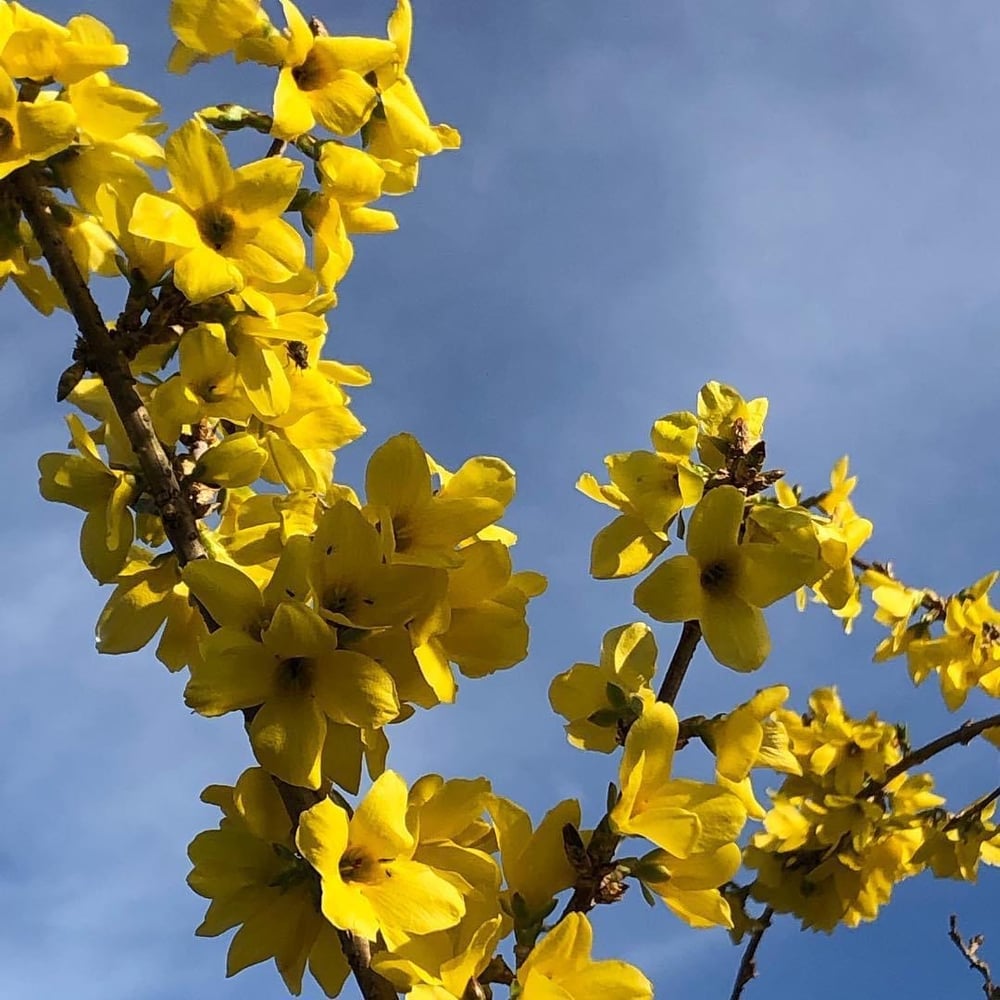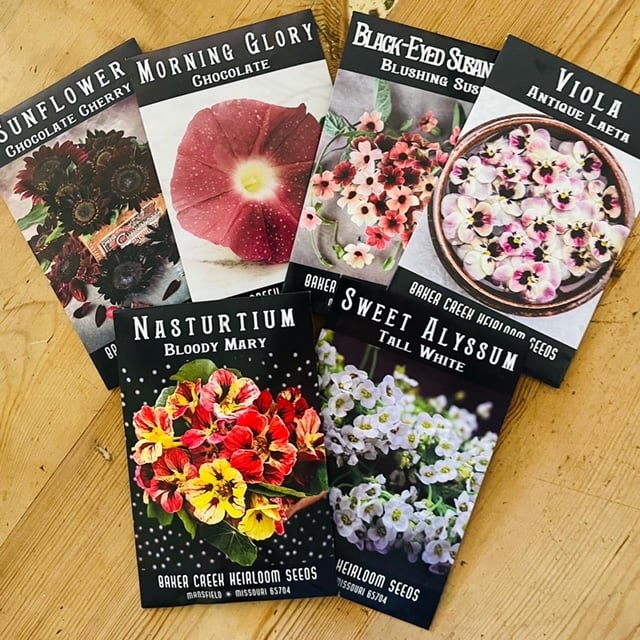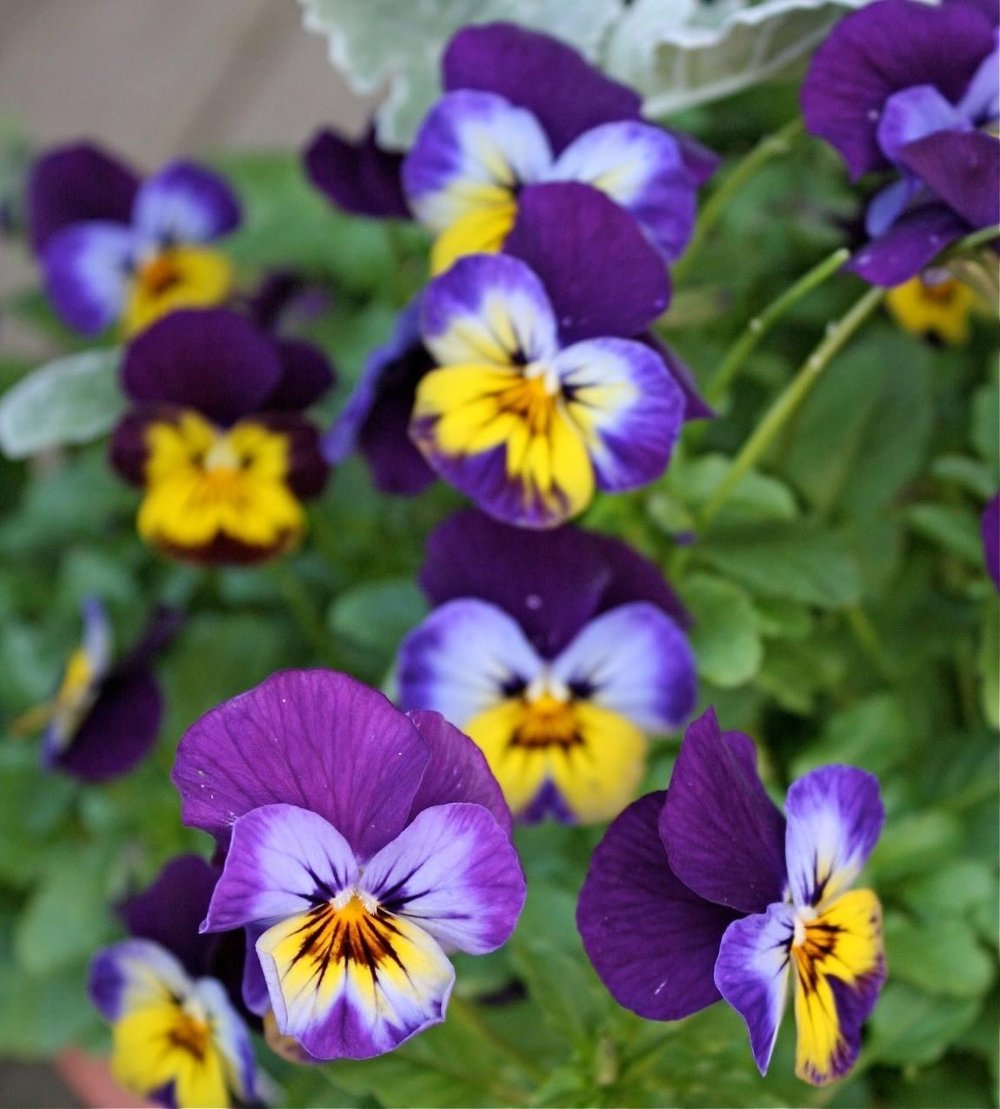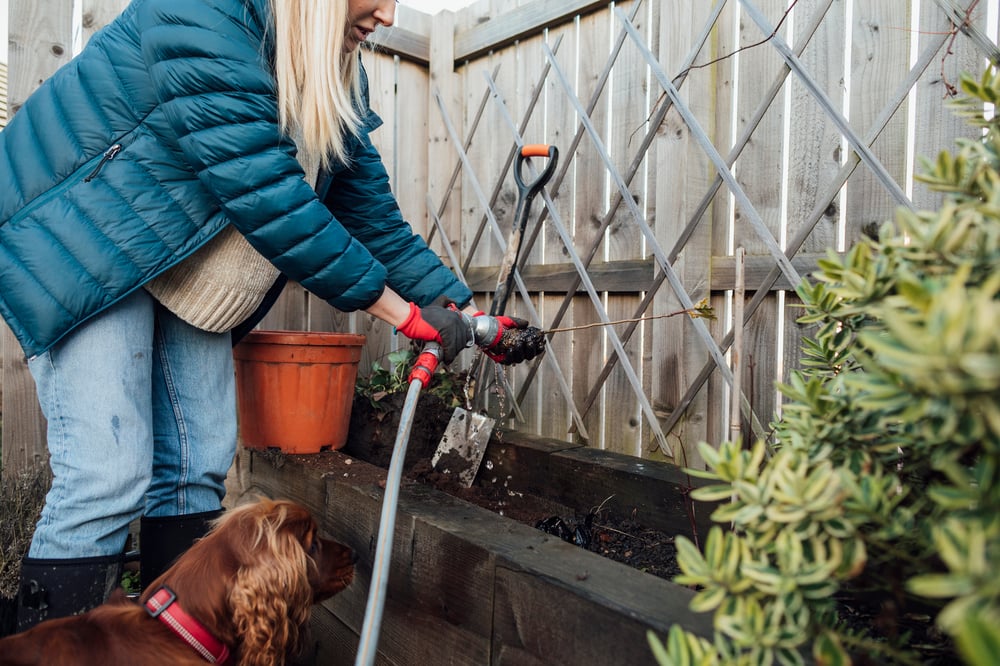It's already mid-February and although it's not quite planting time, there are signs of spring throughout the Southeast. Learn what you can do (and should be doing) now to prepare for your spring and summer garden.
"Everything that slows us down and forces patience, everything that sets us back into the slow circles of nature, is a help. Gardening is an instrument of grace."
—May Sarton
In the South, February is the Advent season of the garden. We wait with expectancy for the warm and lovely spring to come, while dreaming of the fruits and vegetables of our labor.
The good news is that by February in the southeast, winter is in retreat. It might kick in a few reminders that it’s still around but there are also many teasers of a long Southern spring before the heat of summer. The chance for winter storms lessens and, if it happens, the snow does not linger long.
"From December to March, there are for many of us three gardens: the garden outdoors, the garden of pots and bowls in the house, and the garden of the mind's eye." —Katherine S. White [Author of the excellent collection of garden essays, Onward and Upward in the Garden]

Also, the quality of light in February is as bright as it was in October: only the days are getting longer, not shorter. The sun is on its way towards longer days until the summer solstice! And February light just seems brighter. Here we have the advantage of the sun always being higher in the sky year-round than it is in northern climes. This vibrant potency will start to work its magic in your dormant winter garden.
So, take advantage of this time! Besides, by now you are probably looking to get out of the house a lot more, right? Here are garden-related things you can do in February:
Take Stock
Do you have unused seeds from prior years? Test their viability by putting some on a damp paper towel that you roll up and put into a sealed plastic bag. In a few days if they haven’t sprouted, you will need new seeds. However, if you keep them in a dry tin or jar in a cool dry place, they could last for years as that is how they are designed by nature.

If you don’t have seeds, or need a new supply, don’t delay in ordering from those seed catalogues piling up since Christmas.Order early because they can run out, especially with the recent boom in home gardening. I like to look for new varieties of favorite flowers and vegetables while relying on standbys and tend towards heirlooms (of which you can save your own seeds from year-to-year, or swap with friends). If you are new to gardening, start with easy to grow flowers and vegetable favorites like zinnia, marigolds, sunflowers and nasturtium or peppers, tomatoes, summer squash and pumpkins. Of course, seeds are optional because you can always buy hearty nursery starts and plants in the next few months as they become available.
Now is the time to start planning your indoor spring seed starting, in a sunny locale or in a greenhouse, if you are lucky to have one. You don’t need fancy equipment, unless you are a full-bore seed starter: just a southern window will do with a plastic covered seed tray. To avoid starting certain seeds too early, read your seed packets and count back accordingly from plant dates. [e.g., we can plant tomatoes around Mother’s Day, so I will want to start them indoors by April 1] General rule of thumb: start seeds about 6- 8 weeks before the last average frost date in your area and, to be safe, planting the seedlings outdoors about 2 weeks after that date. Here is a free online seed starting calculator from Johnny’s Select Seeds in Maine for most vegetable and flower varieties: just enter your last expected frost date for your region and you’re good to go with recommended dates for seed starting. [Many varieties, like fast-growing squash or sunflower varieties, you’ll want to just put in the soil directly when the time comes.]
Make a list of flower varieties you might want to buy later in the spring. It’s hard to limit, I know, but have an “ideal” list and a “possibly” list if you’re on a budget. For example, trays of pansies become available in the South by mid-March. This year I’m going to do pots of pansies on the porch (and hanging baskets) early and then replace them with warmer season flowers in late May. I also like to purchase summer flowers well before Mother’s Day weekend when they are apt to be sold out.

Organize or purchase any new hoses or seed-starting equipment, pots, outdoor containers and different soil amendments.
Get out into your garden: Assess, Plan, Execute
Are you putting in new garden beds or refilling old ones? Either way, make a plan: take basic graph paper and map out your garden. Rotate locations from last year’s plan to help with insects and disease.
Warm February days provide an excellent opportunity to create new raised beds, too.
Spring snows are often referred to as farmers, or poor man’s, fertilizer, but don’t count on them. If you didn’t already in the fall, add a generous layer of composted manure or composted soil to your garden beds and work it into the top layer, or around existing perennials. Then you’ll be ready to plant in the months ahead.
Clean Up!

Many of us neglect to do necessary fall cleanup (one year I might just tackle it, but…). So now is the time to seize those warmer February days for outdoor chores. Start by picking up random branches and anything winter-damaged in your yard.
Do you have some leftover and very dead weeds in any of your garden beds? Now’s the time to get rid of them!
Prune your flowering trees before they flower. Late winter is an ideal time to do this: you can see the structure of your trees without foliage, and you can prune out dead branches and trim them up before spring bloom time.
Tackle projects like emptying and sweeping your garden shed or potting station: discard old pots, broken plastic bits, organize tools and other things.
If your outdoor water is on, take a warm February day to gently clean your porch and outdoor furniture with a soap solution and gentle spraying. Repair any damaged furniture or throw out what can’t be saved.
Plant!
Depending on your region’s last frost date, many Southerners can directly plant cole crop seedlings in their gardens in February and early March. This is so diverse that no recommendations can be made for timing here except to say, “check your last frost date” and recommendations for planting specific varieties in your region. For an excellent resource for these questions, and many more, no matter where you live in the United States, consult The Old Farmer’s Almanac, published each year and online.
"Every gardener knows that under the cloak of winter lies a miracle ... a seed waiting to sprout, a bulb opening to the light, a bud straining to unfurl. And the anticipation nurtures our dream." —Barbara Winkler
With these tasks completed, you are now organized for the busier garden months ahead. Then take these last quieter days of winter when you can still be indoors without guilt. Force some hyacinth bulbs for the potent scent of spring in your home — or cut forsythia and crab apple branches to force in vases for inside spring decor.
February is also still a great time to read about gardening and there are books of all eras for inspiration. Then watch for your spring bulbs or perennials to emerge, the birds to return, keep an eye on your favorite garden centers or gear up to start some seeds in March and April. You’ve got this!

























